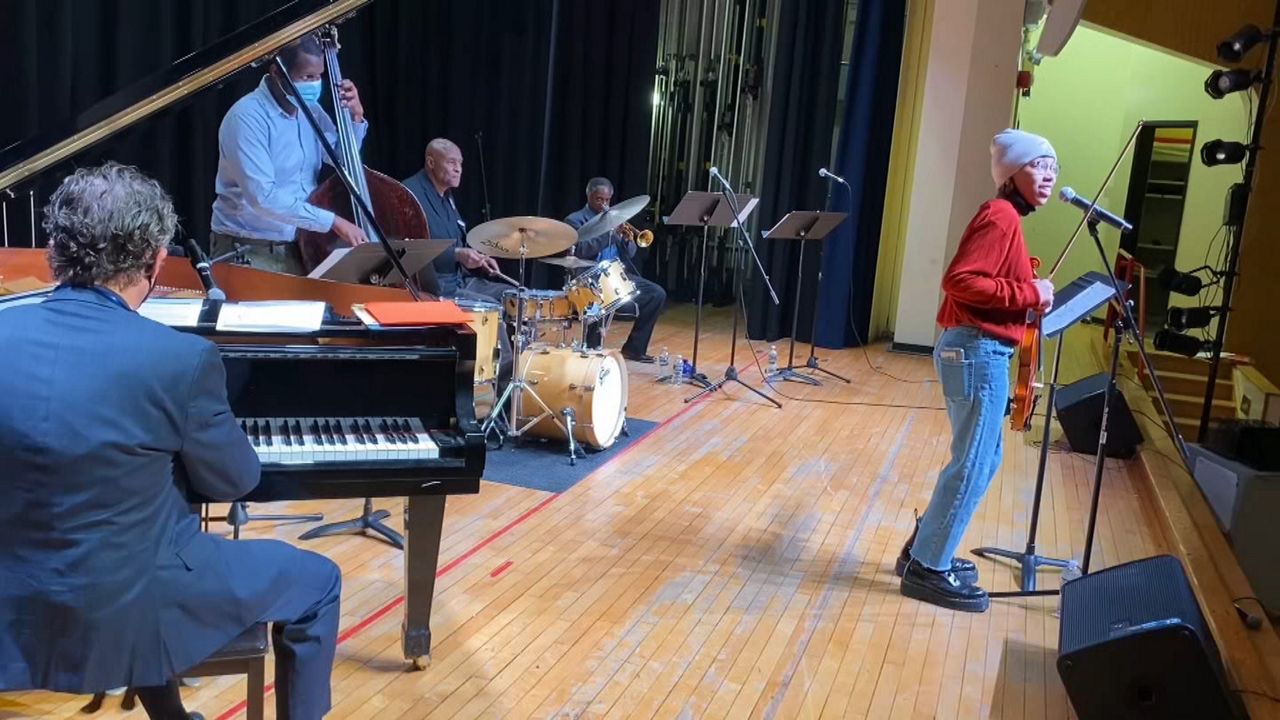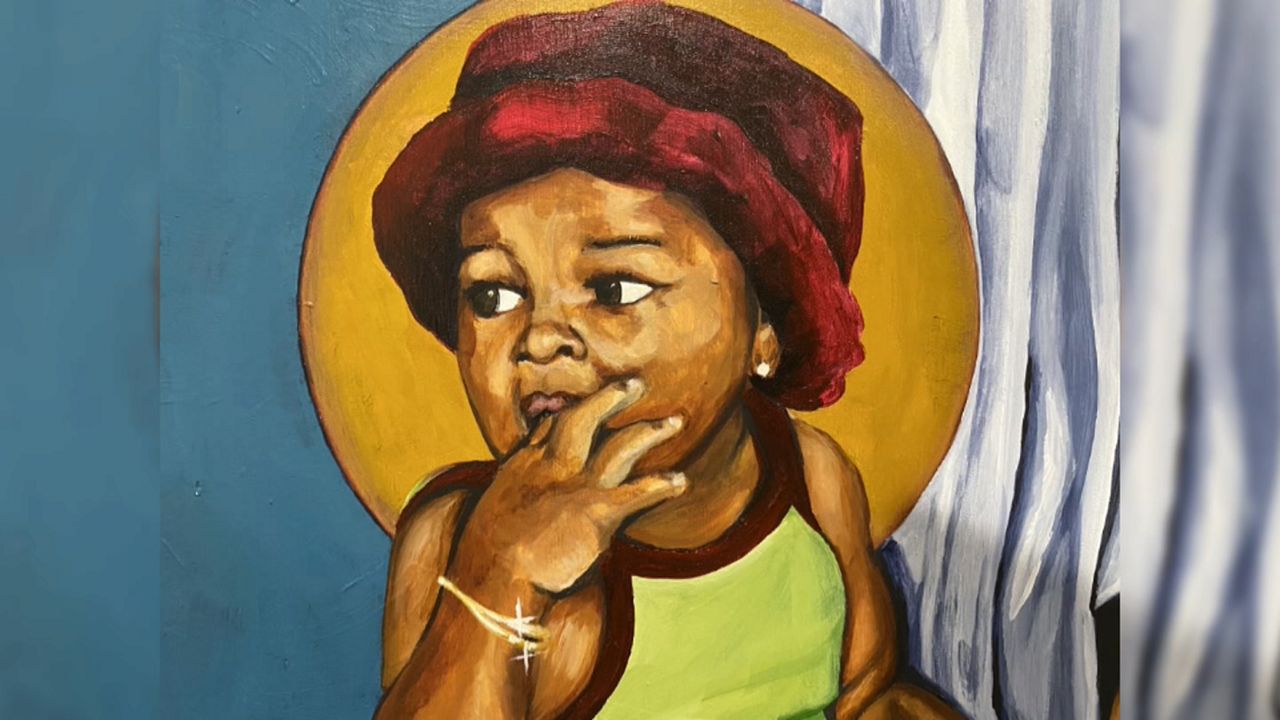NEW YORK — On a recent tour with Fordham University's Bronx African American History Project, participants could see South Bronx streets and neighborhoods that have a strong connection to Black culture and New York City history.
Professor Mark Naison said that after the Great Depression, landlords needed Black people to move to South Bronx communities. There were many vacant apartments at the time.
"It was a neighborhood that was largely Jewish, but filled with activists, trade unionists, socialists, communists,” Naison said. "They put up signs that said, 'We rent to select colored families.' They were put in the Amsterdam News and windows."
"Middle class Black families that wanted better schools, better housing, better shopping saw those signs and started to move into this neighborhood," Naison added. They left Harlem, the Black mecca at the time.
"The South Bronx was a place of hope for upwardly mobile Black families, West Indian families and Puerto Rican families,” Naison explained.
Longtime Bronx resident Bob Gumbs, who helps with the tours, said the South Bronx was called the "Harlem of the Bronx.” The professor explained that was especially true for the Morrisania area.
During the tour, the professor and Gumbs pointed out buildings that honor the music of the borough. The Melody was a building that was built around the theme of the musical heritage of the neighborhood. And it is not the only African American-influenced building in the Bronx.
There is also a place called "The Bronx Music Hall,” explained the professor.
The Melody, located on Prospect Avenue, near Westchester Avenue, has a plaque saluting music legends who performed in the Bronx, and styles that were created in the borough. It also mentions jazz greats including Dizzy Gillespie, Thelonius Monk and Miles Davis, who once hit the stages of the South Bronx.
"Walk down Boston Road from 169th [Street] to 166th Street, and there's six different jazz clubs,” Naison said.
"Many musicians who performed in Harlem would come to the Bronx because they had so many nightclubs and places to perform," Gumbs added. "Like, for example, the Club 845, which was founded in the late 40s, became the top jazz club in the area."
And if you didn't know, doo-wop and harmonizing were a big deal in the Bronx with Black singing groups. The Chords wrote and were the first to perform the mega hit, “Sh-Boom,” sometimes called “Life Could Be A Dream."
"Sh-Boom was the first urban harmonic song to sell a million records in 1954," Naison said. "They were students at Morris High School."
The girl group The Chantels, who went to St. Anthony of Padua elementary school, had their own big hit in 1958 with “Maybe."
Naison and Gumbs wrote the book, "Before The Fires.” They said life was good prior to the fires of the 1970s that gutted several South Bronx communities.
That life includes churches such as Thessalonia Baptist Church and St. Augustine’s Presbyterian Church. The churches from various denominations played a big role in shaping the borough. Malcolm X and Dr. Martin Luther King, Jr. both spoke at St. Augustine’s Presbyterian Church.
“Because of Rev. Edler Hawkins, who became the first Black head of the Presbyterian church in the United States when he left this church, and the first Black professor of Princeton Divinity School," Naison said. "So the Bronx had this great religious leader with a national reputation at this church."
Out of the ashes of the 70s, housing redevelopment occurred with help from many churches and community groups. And of course, hip-hop was born in the South Bronx and spread across the world.
With that, Naison showed off his impressive rapping skills. He said it doesn’t matter that he’s white and 75 years old; he proudly goes by the nickname "The Notorious PhD."
The professor was floored when a member of the tour starting rapping. Lisa Lee was a part of the early days of hip-hop in the borough and appeared in “Wild Style” and “Beat Street," two classic movies about hip-hop.
And at the end of a good concert, sermon or tour in the Black community, it's time to eat.
Johnson's Barbecue opened in 1954 and remains a staple of Black culture in the South Bronx, serving Southern-style favorites like barbecued ribs, fried chicken, collard greens and candied yams.








